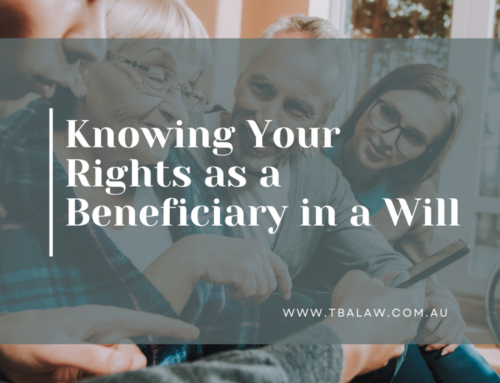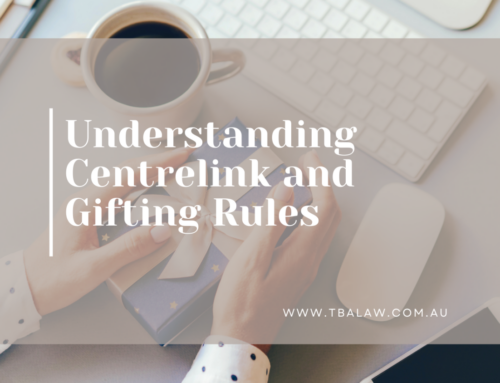Aged Care Basics
Your ACAT Assessment (“Aged Care Assessment Team”) or ASAS Assessment (“Aged Care Assessment Service”) is your first step, and this should be done sooner rather than later. Generally it cannot be done in an emergency, and could take a couple of months to arrange. This Assessment is the key to accessing many government-funded aged care services, including home care packages and transitional care programs (respite). These Assessments are free, and can be carried out in your own home, or in an ACAT office.
Make sure you do your Assessment with an open mind, rather than one care option, because the Assessment can approve you for a range of services, or a combination of services. It doesn’t mean you need to accept any or all of the services. But if you need to access respite, you need to have the Assessment done and sitting ready – because you cannot access respite quickly otherwise.
Your Main Care Options:
In Your Own Home
About 80% of those receiving Aged Care receive it in their own homes. The home care is delivered in all sorts of living arrangements, and comes in four different levels:
- basic
- low care
- intermediate
- high care
Home care packages are designed strongly by the person receiving the care (the recipient). Generally there is a bucket of funding available, and the recipient can decide which services to spend it across. This may include personal care, domestic assistance, transport, etc.
Granny Flats
The main way this arises is that the parent sells their home and pays for an extension or a self-contained unit is built on their children’s property. The do not own the unit or granny flat, and have paid for the improvement to their children’s property in return for the promise of care. There are various ways to secure this legally, which should be done and legal advice sought. But there are also special Centrelink treatments for this sort of arrangement, which should be investigated by all involved before pursuing this option.
Retirement Communities
Retirement communities usually don’t provide the care directly, but some will have emergency buttons built in, and be built more with elderly people in mind. Home care packages can then be provided within retirement communities.
These are sometimes called ‘over 55’ communities, or a variety of other names. Ownership can be very different from community to community, and proper financial and legal advice should be sought before entering any arrangement. Some retirement communities involve owning the portable building, but renting the land. Others involve buying a strata title with a large management fee taken when the property is on-sold, and the retirement community controls that sales process. Others can involve a long term lease.
With these arrangements, consideration should be given to the ownership rights acquired, but also to how the fees and paid. Some arrangements can be far more economical than others, even though you do not feel that you have ownership.
Residential Aged Care
Residential Aged Care facilities provide for all levels of care and diversity. The funding of these facilities are usually what worries people most, and so an aged care financial planner would be best to be consulted.
Often a RAD (“refundable accommodation deposit”) must be paid, along with a daily care fee. Some facilities can then offer extras on a daily fee basis.
Means testing is not compulsory, but is often useful to complete even if you are not seeking a low means resident place. The assessment is the same for everyone. The government uses the means test to offset funding. There is a cap on lifetime contributions under a means tested arrangement – so you are often better off using the government funding and eating into your lifetime cap, rather than paying privately until you run out of money. But seek individual financial advice for your own situation.
My Aged Care is the government entry point for all further information, and for the ACAT Assessments. They can be contacted on 1800 200 422






Leave A Comment